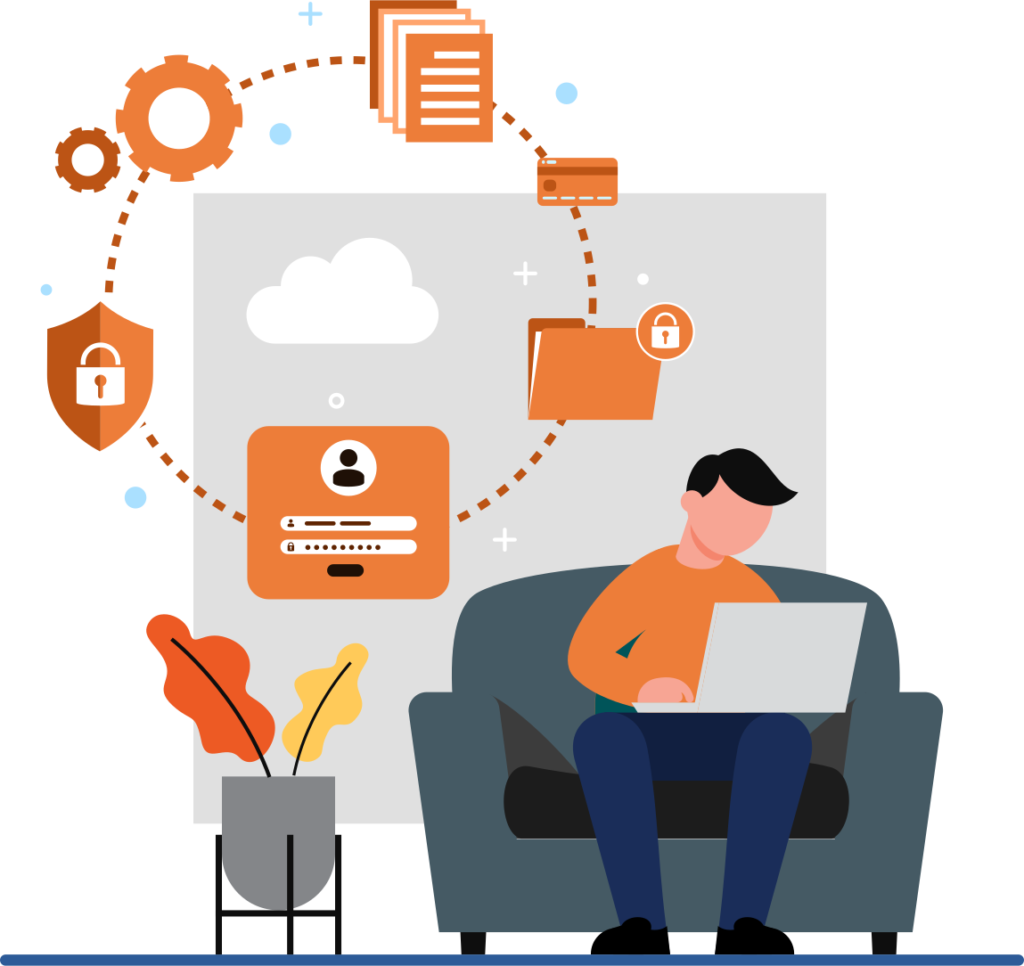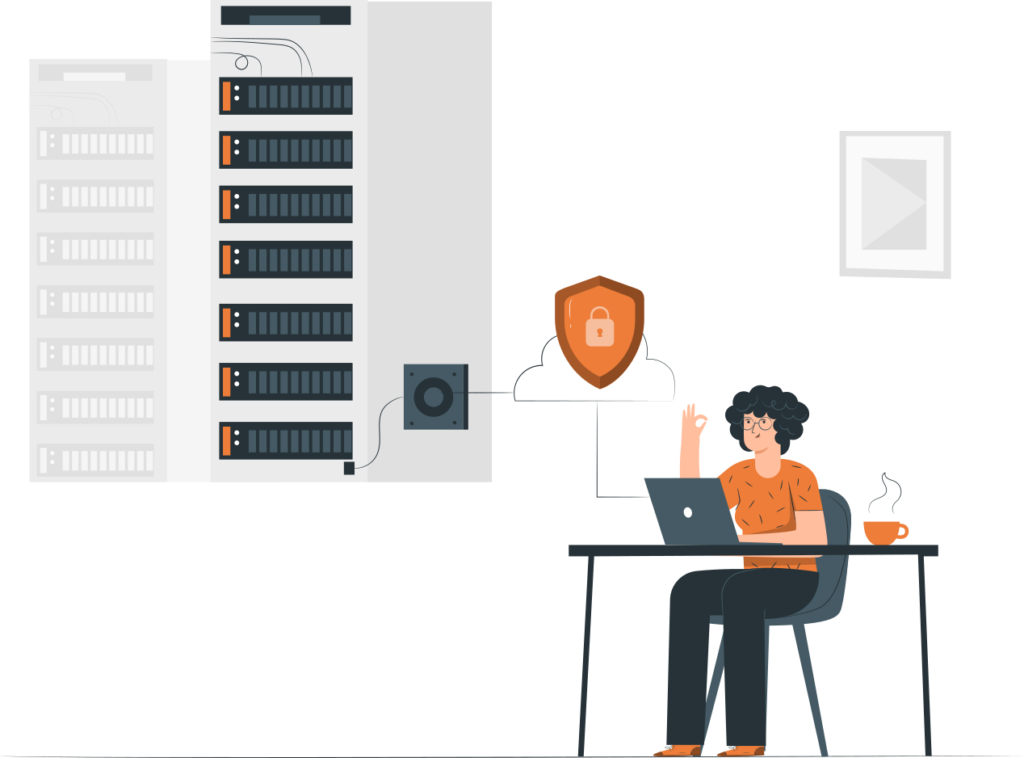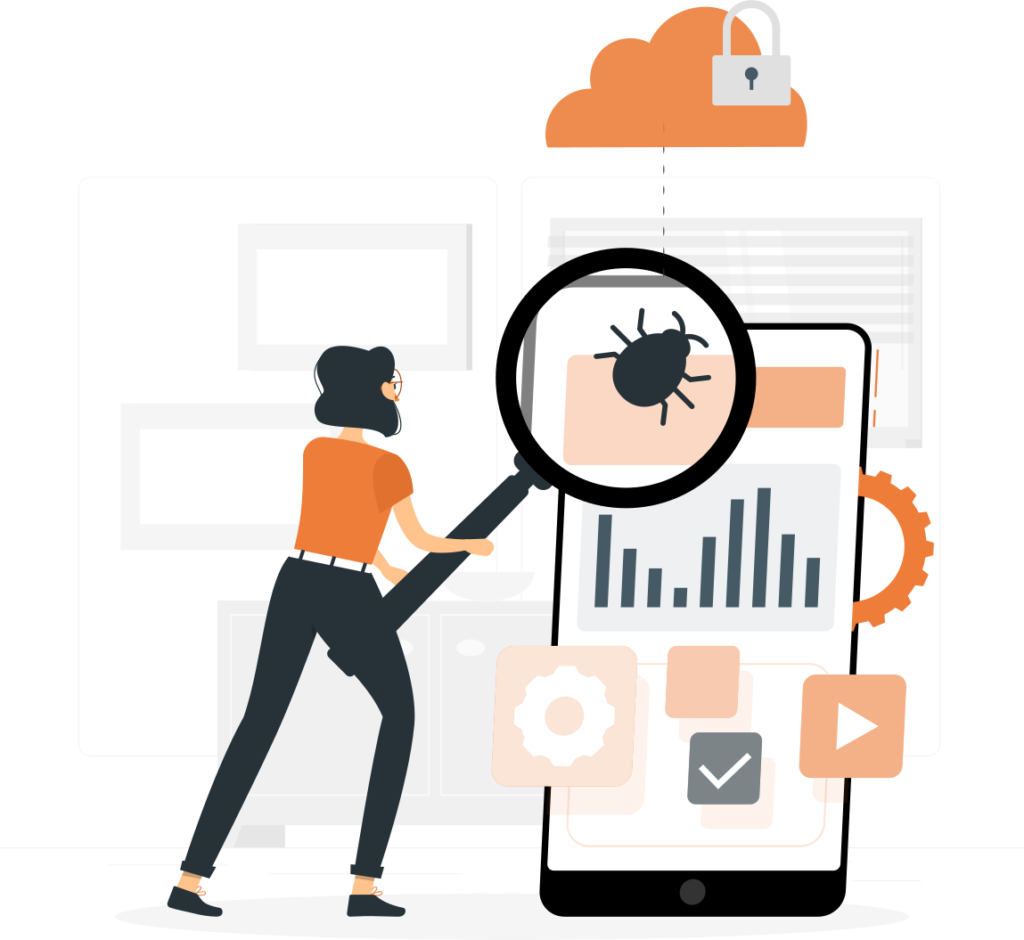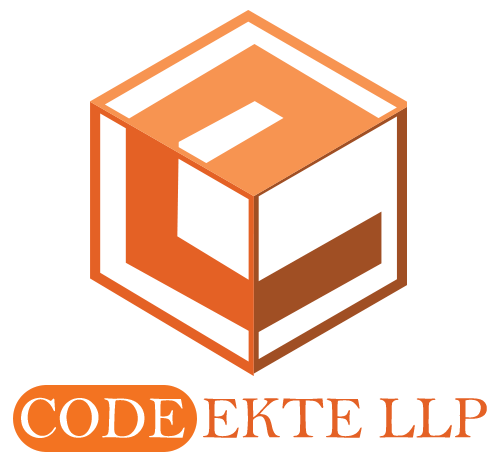Cloud Penetration Testing
- Home
- Cloud Penetration Testing
What is Cloud Penetration Testing?
Cloud Penetration Testing aims to recognize risks and vulnerabilities in the following platforms:
- 1. Cloud-based Servers
- 2. Web Applications
- 3. Networks
- 4. Online Systems
- 5. Hosts
- 6. Network Devices (ie: routers, switches, etc.)
This is done to relieve all the cloud security dangers before your cloud can be hacked or taken advantage of.
Cloud security evaluation will investigate and examine every one of the potential outcomes of double-dealing of your cloud framework. Cloud Security is a fundamental quality of web based processing foundation. Normally, every venture and association has a necessity of online foundation to benefit advanced and registering administrations. These assets are defenseless against different sorts of cloud security dangers.
Talk To A Security Expert
We Will Help You To Choose The Best Plan!
Cloud Penetration Testing Methodology
Cloud entrance testing directed by CODE EKTE includes the utilization of modern guidelines and systems that are universally acknowledged and approved. The base layer of the basic structure depends on rules like CIS Benchmarking and goes far past the underlying system itself.
Cloud security evaluation includes the examination of weaknesses, which incorporates investigating the result from different security instruments and testing methods. A cloud security appraisal comprises of a wide scope of assignments, like Cloud Account Testing Methodology, Cloud Server Testing Methodology, Cloud-Based Web App Testing Methodology.
Security Testing Methodology

01
Cloud Account Testing Methodology
Code ekte’s discursive method for cloud penetration testing overlays the classes of vulnerabilities is not limited. Following is the process which is used to perform Cloud Account Security Testing:
- Review Your Cloud Account Credentials
- Review Your IAM Users
- Review Your IAM Groups
- Review Your IAM Roles
- Review Your IAM Providers for SAML and Open ID Connect (OIDC)
- Review Your Mobile Apps
- Review Your Virtual Machine Security Configuration
- Review Cloud Policies in Other Services
Tools
We make use of tools from the following (not a complete list):
- Prowler
- Scout suite
- Cloud Sploit
- Cloud Mapper
- Sky Ark
- Lunar
Reporting
The announcing step is planned to convey, rank, and focus on all the cloud security dangers and give project partners a reasonable and noteworthy report, complete with proof. At CODE EKTE, we foster a far reaching report dependent on broad exploration to introduce a reasonable arrangement of arrangements and settling measures for our customer. We work with our administrations to the greatest advantage of our customers which are imparted all around.
Cloud Server Testing Methodology
Reconnaissance
This is the primary phase of cloud server testing, where all the fundamental data about the objective cloud climate is investigated and accumulated through a bunch of practices. The scope of organizations is analyzed alongside the recognizable proof of dynamic hosts. A scope of strategic methodologies are utilized to do surveillance with the assistance of certain apparatuses like Netcat Preserve and ping.
Analysing Vulnerabilities
The weakness examination stage includes the documentation and investigation of the multitude of weaknesses found because of the past cloud pentesting steps. This incorporates the examination of the outcomes acquired by different security apparatuses and manual testing strategies. A rundown of basic weaknesses, dubious administrations, and things worth exploring is made for additional investigation.
Exploitation
The infiltration analyzer investigates the data that has been gathered to assault the cloud server. The investigation for weaknesses is completed thoroughly, which guarantees higher likelihood of effective double-dealing. The pentester completes complex strategies to gain admittance to delicate information and utilizations it to execute pernicious exercises by taking advantage of the weaknesses distinguished.
02
Auditing
- Testing for account permissions
- Testing for applications and services
- Testing for files, directories, and partitions
- Testing for policies
- Testing for open ports
- Testing for server certificates
- Testing for network security settings
- Testing for network access controls
- Testing for auditing and logging
- Testing for users and groups
- Testing for system updates and patches
Tools
- Nexpose
- Nessus
- Lynis
- Nmap

Reporting
The detailing step is expected to convey, rank, and focus on discoveries and give project partners a reasonable and noteworthy report, complete with proof. At Code ekte, we believe this stage to be the most significant and we take extraordinary consideration to guarantee we’ve conveyed the worth of our cloud pentesting administration and discoveries completely.
Cloud-Based Web App Testing Methodology

Reconnaissance
This is the principal phase of cloud-based web application testing, where all the fundamental data about the objective cloud climate is investigated and assembled through a bunch of practices. The scope of organizations is inspected alongside the ID of dynamic hosts. There are various techniques to complete observation and the most well known is port checking and the utilization of certain devices like NetcatPreserve and ping. The systemic methodologies for completing observation is getting record authorization, infusing into OS stages, gathering client account data, and building trust connections.
Model testing incorporates: Conduct Search Engine Discovery and Reconnaissance for Information Leakage, Search Engine Recon, App Enumeration and App Fingerprinting, Identify application passage point.
Vulnerability Analysis
- Configuration Management
- Authentication Testing
- Session Management
- Authorization Testing
- Data Input Validation
- Testing for Error Handling
- Client-Side Testing
Exploitation
The entrance analyzer investigates the data that has been gathered to assault the cloud server. The investigation for weaknesses is done thoroughly, which guarantees higher likelihood of fruitful double-dealing. This straightforwardly impacts the accomplishment of the venture. The pentester does refined strategies to gain admittance to delicate information and utilizations it to execute noxious exercises by taking advantage of the weaknesses recognized. The following stage in this cycle is to assault the most favored clients who are viewed as root.
The pentester impels numerous and normal impedance with the compromised gadgets. This permits them to assemble indirect accesses inside the application to acquire an optional access for executing further abuse in future.
Tools
- Burp suit
- Zad Attack Proxy
- BeEF
- Acunetix
- Grabber
- SQLmap
- Vega

Reporting
The reporting step is intended to deliver, rank, and prioritize findings and provide project stakeholders with a clear and actionable report, complete with evidence. At Kratikal, we consider this phase to be the most important and we take great care to ensure we’ve communicated the value of our cloud pentesting service and findings thoroughly.
Frequently Asked Questions
Browse through the FAQs given below to find answers to the commonly raised questions related to the VAPT services
Strengthening cloud Security includes securing the respective firewalls, tokenization, avoiding public internet connections, cloud penetration testing, obfuscation, and virtual private networks (VPN). Cloud security is a major form of cyber security.
The aim of both cloud security testing and normal security testing is to provide maximum security to the data hosted inside. However, the conventional server includes maintenance costs, and handling the security of on-premise servers/applications can get tricky at times. Having cloud Infrastructure is more scalable, faster, and more cost-effective. A cloud approach may be the better solution.
Cloud Server testing includes testing for account permissions, applications, services, files, directories, and partitions as well as testing for policies, open ports, server certificates, network security settings, network access controls, auditing and logging, users, groups, system updates, and patches.









